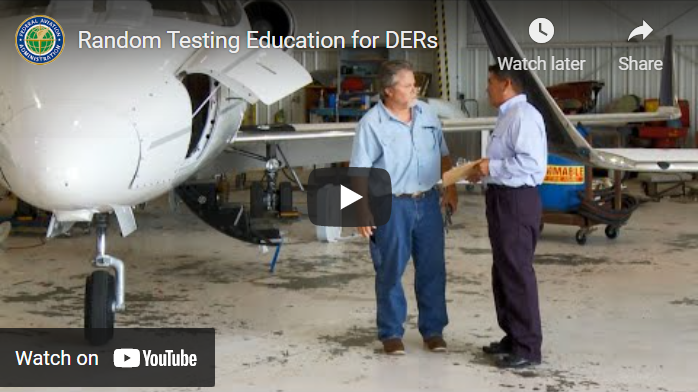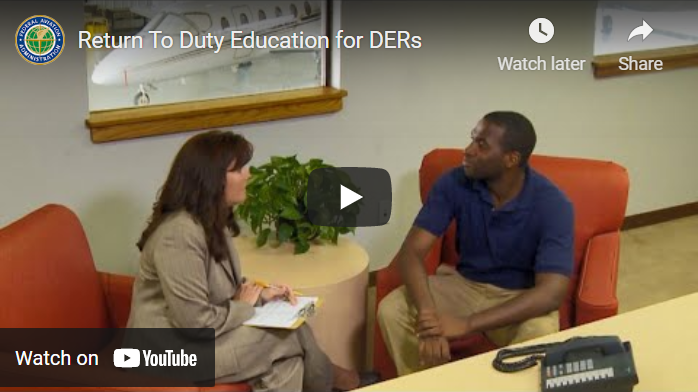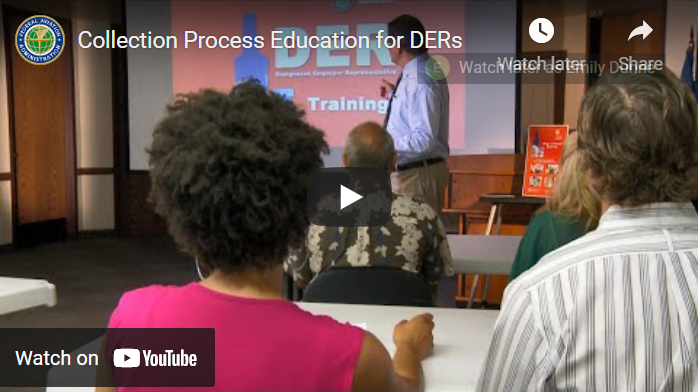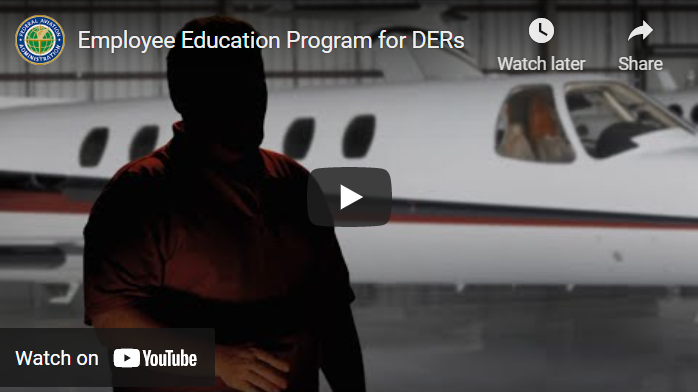Thursday, September 26, 2024
The Drug Abatement Division (AAM-800) is located at FAA headquarters in Washington, D.C., and responsible for the development, implementation, administration, and surveillance monitoring of the aviation industry drug and alcohol testing programs as set forth in the Department of Transportation (DOT) and Federal Aviation Administration (FAA) regulations, 49 CFR part 40 and 14 CFR part 120. The regulations require all part 119 certificate holders authorized to operate under parts 121 and 135, air tour operators (as defined in 14 CFR § 91.147) and air traffic control facilities not operated by FAA or under contract to the U.S. Military to implement drug and alcohol testing programs that cover safety-sensitive employees hired directly or by contract (including subcontract at any tier).
The Program Administration Branch (AAM-810) is located at FAA headquarters in Washington, D.C., and has oversight of inspection scheduling activities associated with all regulated employers. It manages the program registration and drug and alcohol paragraph (A449 or A049) activities, as well as the annual Management Information System (MIS) reporting process. It assists with administrative, data analysis and program functions associated with budget, logistics, and information technology (including maintenance of the Division's Compliance and Enforcement Tracking Subsystem). It has responsibility for the program's credentialing program, training, Voluntary Disclosure Reporting Program established in FAA Advisory Circular (AC 120-117), and serves as the focal point for program-related Freedom of Information Act (FOIA) requests.
The Program Policy Branch (AAM-820) is located at FAA headquarters in Washington, D.C., and has the primary responsibility for development of all program and enforcement policy, directives (including Credential Order 9000.3 and Surveillance Handbook Order 9120.1), and rulemaking activities in cooperation with other elements of the division and FAA or DOT. It provides technical guidance to the flying public, regulated stakeholders and agency personnel on drug and alcohol testing regulations. It also serves as the focal point for public website resources, congressional inquiries, exemption requests, and international initiatives.
The Special Investigations Branch (AAM-830) is located at FAA headquarters in Washington, D.C., and has the primary responsibility for investigating all complaints associated with rule violations or allegations. It conducts all investigations concerning individual or employee-related violations, e.g., refusals to submit to testing, positive drug test results, alcohol violations, and return-to-duty violations.
The Compliance and Enforcement Centers are located in Miramar, FL
(AAM-860), Dallas-Ft. Worth, TX (AAM-840), and Los Angeles, CA (AAM-850). The Centers have the responsibility of oversight for all field inspection activities.






